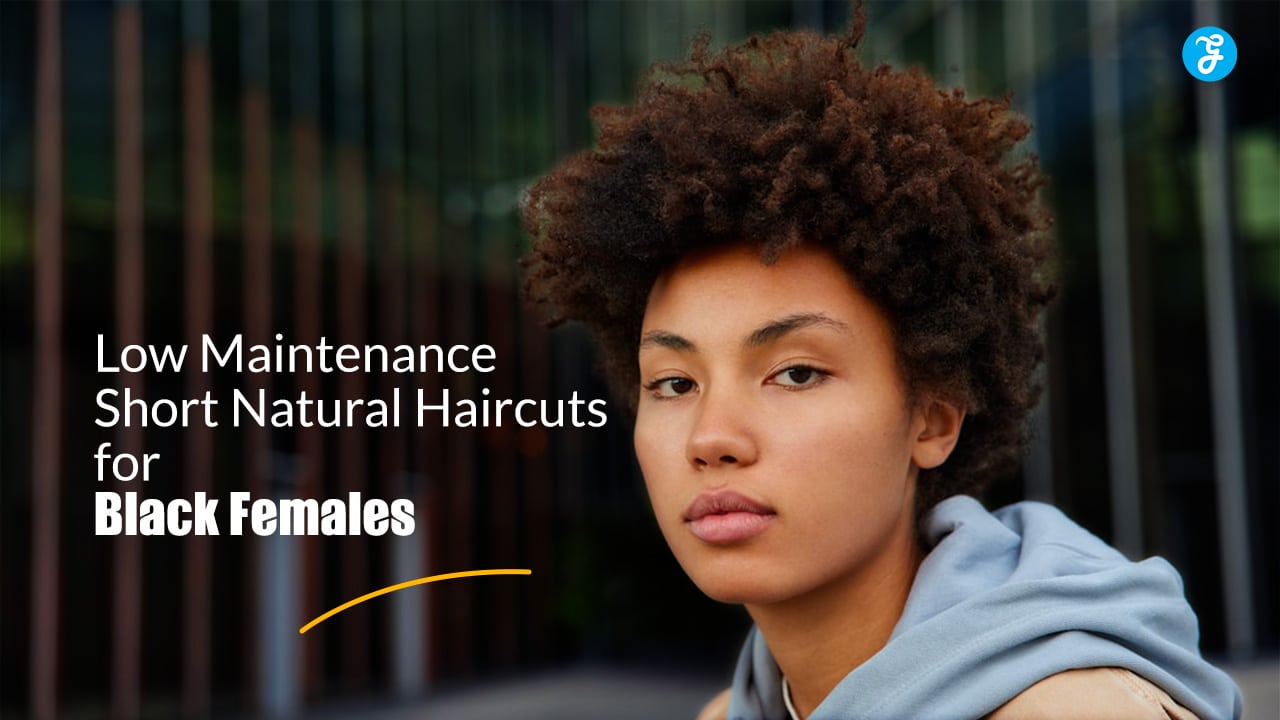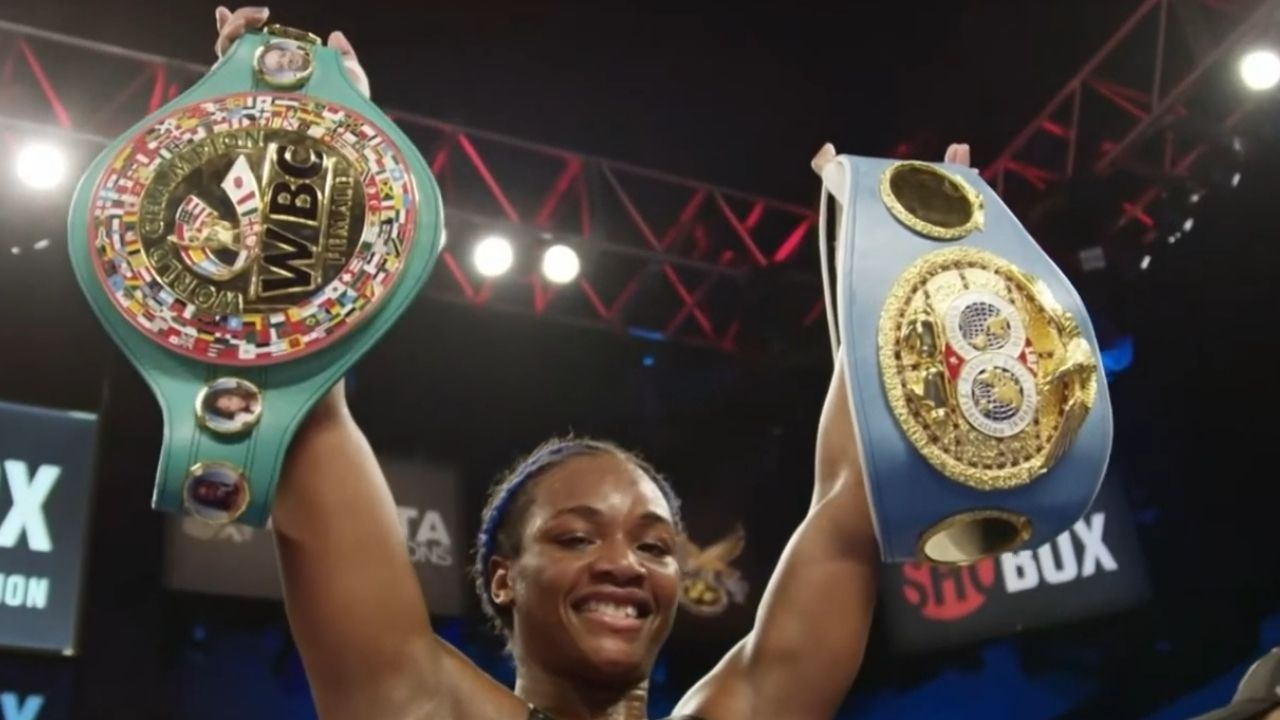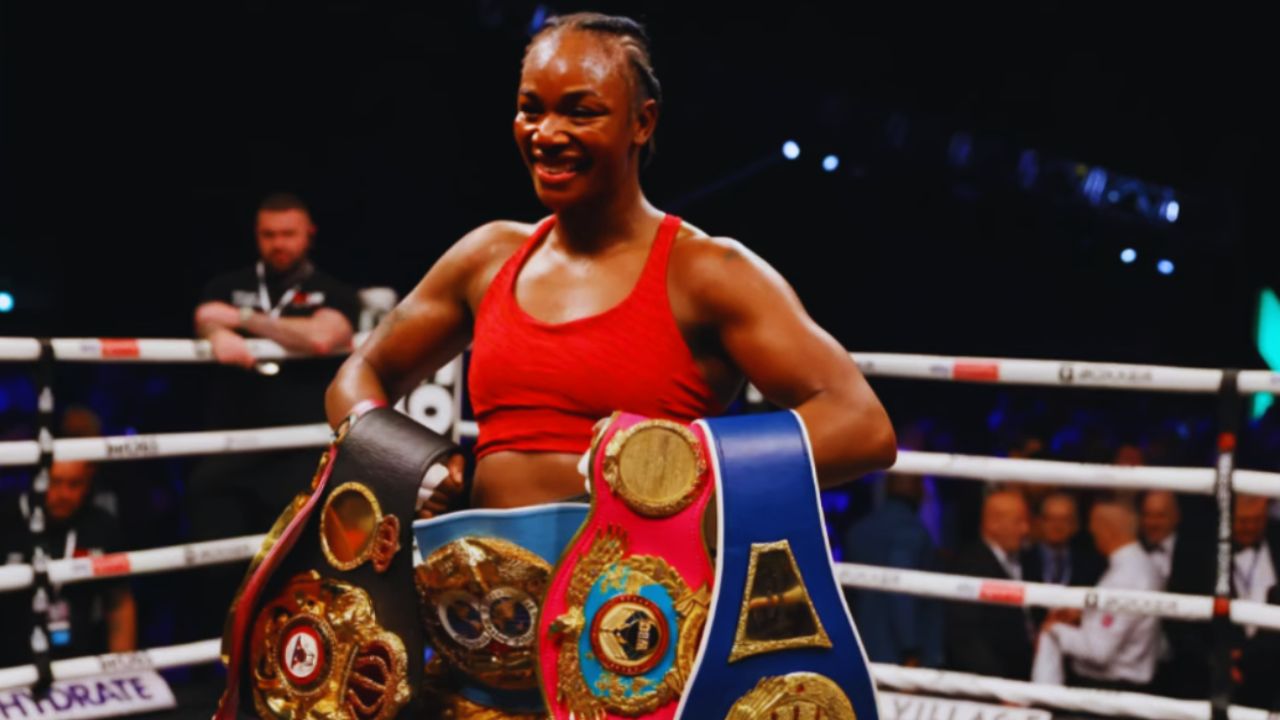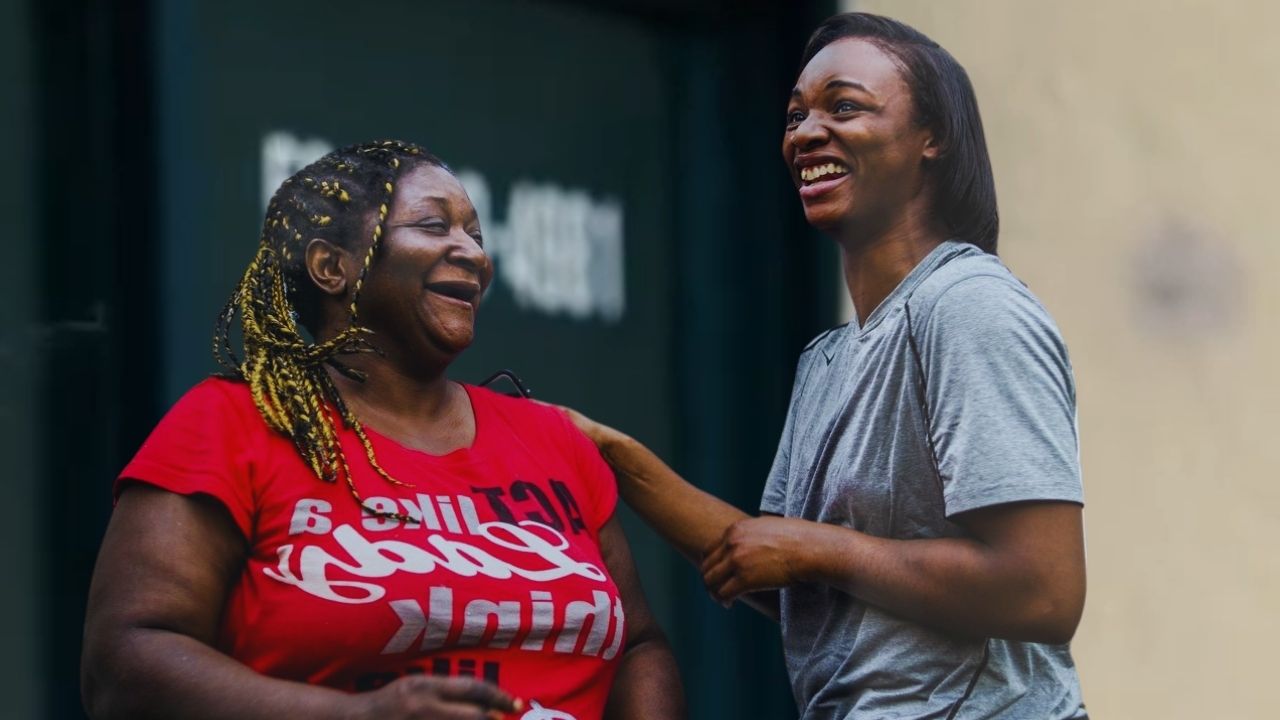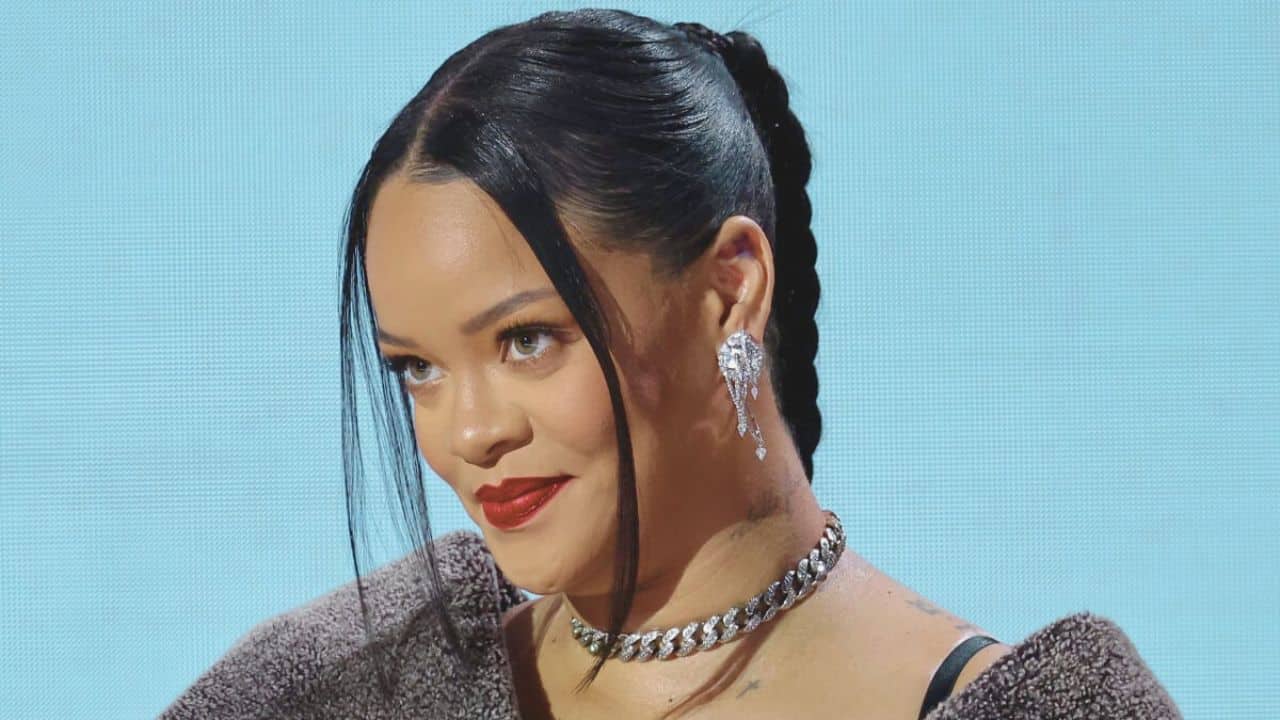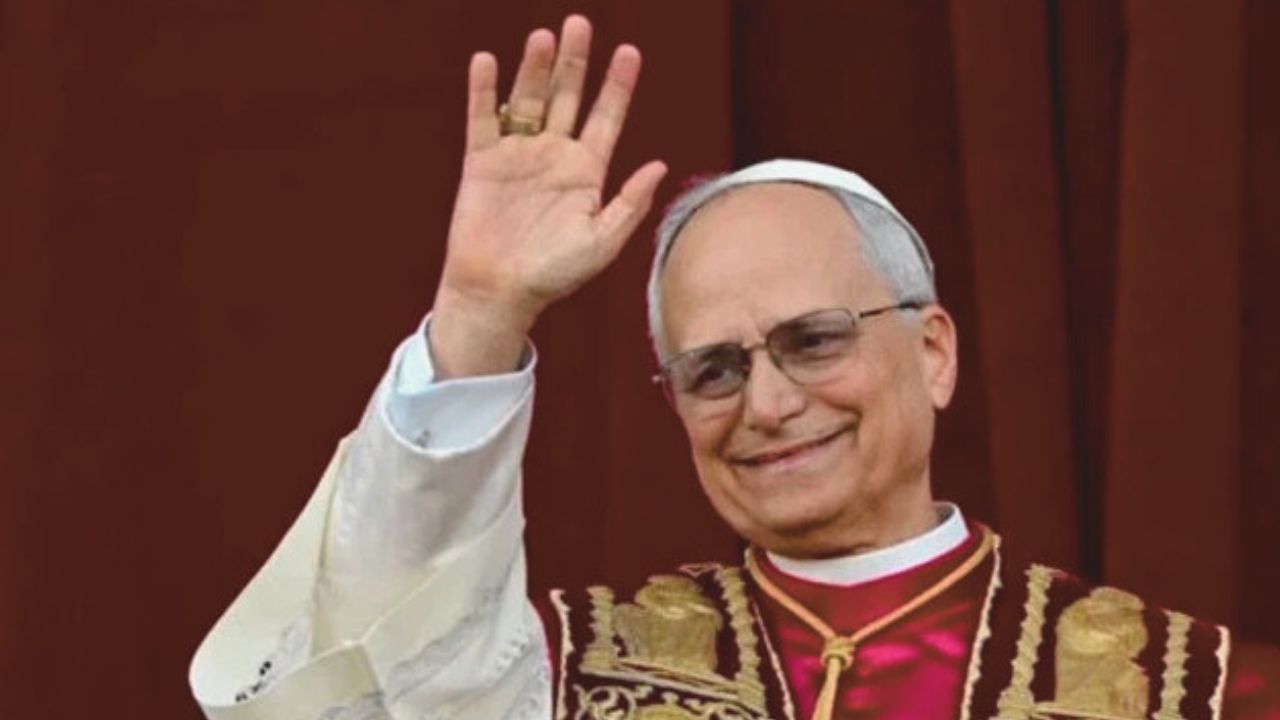Fashion and film are inextricably linked, with some of the most iconic fashion moments forever etched in cinematic history.
These memorable outfits don’t just serve as wardrobe choices but help define characters, tell stories, and influence generations of fashion lovers.
From timeless elegance to bold and transformative styles, these fashion moments have left an indelible mark on both the fashion industry and popular culture.
Below is an expanded guide to 20 iconic fashion moments in film history, exploring the context behind these legendary looks and their lasting impact on the fashion world.
1. Audrey Hepburn in Breakfast at Tiffany’s (1961) – The Little Black Dress
Why It’s Iconic:
Audrey Hepburn’s portrayal of Holly Golightly in Breakfast at Tiffany’s opened with one of the most iconic fashion images in film history.
Standing outside Tiffany’s, Hepburn wore a black Givenchy dress paired with oversized sunglasses, a multi-strand pearl necklace, and elbow-length gloves.
The scene redefined elegance, with the Little Black Dress (LBD) becoming a symbol of sophistication.
Impact:
- Timelessness:
The LBD became a wardrobe essential for women worldwide, embodying the idea that simplicity can be the epitome of style.
- Cultural Symbol:
The scene and dress have been referenced in countless fashion campaigns, magazine covers, and modern-day tributes.
- Cementing Hepburn’s Fashion Icon Status:
Audrey Hepburn’s slim figure, classic beauty, and chic style made her a global fashion icon, with Breakfast at Tiffany’s remaining one of her most recognizable fashion moments.
2. Marilyn Monroe in The Seven Year Itch (1955) – The White Halter Dress
Why It’s Iconic:
Perhaps one of the most recognizable images in film history is Marilyn Monroe standing over a subway grate, her white halter dress billowing up in the air.
In addition to solidifying Monroe’s reputation as a global sex icon, this scene from The Seven Year Itch also elevated William Travilla’s white dress to legendary status in the world of film attire.
Impact:
- Symbol of Glamour:
The dress became a cultural icon, symbolizing 1950s Hollywood glamour, beauty, and Monroe’s persona.
- Continual Inspiration:
The image has been recreated and referenced in advertising, pop culture, and fashion editorials.
- Empowerment and Femininity:
Monroe’s dress and attitude in this scene embodied a bold femininity, resonating with generations of women who admired her beauty and strength.
3. Elizabeth Taylor in Cleopatra (1963) – The Gold Headdress and Regal Attire
Why It’s Iconic:
Elizabeth Taylor’s portrayal of Cleopatra brought lavish costumes and regal fashion to new heights.
Taylor wore more than 60 costumes in the film, including her famous gold headdress and stunning gowns adorned with jewels and elaborate embellishments.
The wardrobe, which René Hubert created, was fit for a queen and unmatched in its display of Egyptian opulence.
Impact:
- Extravagance in Film:
The film’s wardrobe remains one of the most extravagant in cinema history, elevating costume design standards for historical epics.
- High Fashion:
Cleopatra’s gold headdress and iconic gowns continue to inspire designers, particularly in haute couture and runway shows.
- Enduring Symbol of Power:
Taylor’s portrayal of Cleopatra exudes power, beauty, and mystique, solidifying her as a fashion icon of historical cinema.
4. Diane Keaton in Annie Hall (1977) – The Androgynous Look
Why It’s Iconic:
Diane Keaton’s Annie Hall character brought a revolution to women’s fashion with her relaxed, androgynous style, featuring oversized blazers, baggy pants, vests, and neckties.
This quirky mix of menswear-inspired pieces and layering became synonymous with the intellectual, independent woman.
Impact:
- Trendsetter:
Keaton’s look pioneered the androgynous style, encouraging women to embrace comfort and individuality over traditional fashion norms.
- High Fashion Inspiration:
The “Annie Hall” style influenced many fashion designers, from Ralph Lauren to Giorgio Armani, and became a symbol of nonconformist style.
- Cultural Shift:
This iconic look signaled a shift in fashion towards gender-fluidity and the embrace of unisex clothing in both casual and formal wear.
5. Grace Kelly in Rear Window (1954) – The Edith Head Gowns
Why It’s Iconic:
Legendary costume designer Edith Head created a wardrobe to complement Grace Kelly’s portrayal of Lisa Fremont in Alfred Hitchcock’s Rear Window.
Her stunning outfits, especially the white chiffon dress with a black bodice, reflected her character’s sophisticated, chic persona.
Kelly’s wardrobe became as significant as the film’s suspenseful plot.
Impact:
- Sophisticated Femininity:
Kelly’s outfits in Rear Window showcased the elegance of 1950s fashion, with fitted waists and full skirts that defined the decade’s feminine silhouette.
- Timeless Bridal Inspiration:
The white chiffon dress inspired numerous bridal designs due to its elegant and ethereal style.
- Grace Kelly as a Style Icon:
The film solidified Kelly’s reputation as a fashion icon, and her collaboration with Edith Head remains a high point in costume design history.
6. Julia Roberts in Pretty Woman (1990) – The Red Opera Gown
Why It’s Iconic:
The moment Julia Roberts’ character, Vivian Ward, walks into the opera wearing a stunning red off-shoulder gown with matching white gloves is unforgettable.
The Marilyn Vance-designed gown marked Vivian’s transition from a streetwise woman to someone who could easily command attention at high-society events.
Impact:
- Modern-Day Cinderella Moment:
The red gown became a symbol of transformation and sophistication, emphasizing the idea that fashion can change the way we are perceived.
- Classic Hollywood Glamour:
The design drew on classic Hollywood silhouettes with its dramatic off-the-shoulder neckline and luxurious fabric.
- Red Dress Phenomenon:
The gown made red evening dresses a popular choice for women looking to make a statement at formal events, symbolizing confidence and power.
7. Uma Thurman in Pulp Fiction (1994) – The White Shirt and Black Pants
Why It’s Iconic:
Uma Thurman’s character Mia Wallace in Pulp Fiction became an instant style icon with her simple yet unforgettable look: a white button-down shirt, black cropped pants, and a sleek black bob.
This minimalist outfit contrasted with Mia’s mysterious and edgy personality, making it a 90s fashion statement.
Impact:
- 90s Minimalism:
Mia Wallace’s look epitomized 90s minimalism, showcasing how less can be more in creating an iconic style.
- Timeless Style:
The crisp white shirt paired with black pants became a go-to uniform for effortless cool, influencing street style and runway collections alike.
- Pop Culture Staple:
Mia’s look has been imitated in countless fashion editorials and continues to influence contemporary fashion designers.
8. John Travolta in Saturday Night Fever (1977) – The White Disco Suit
Why It’s Iconic:
John Travolta’s white three-piece suit in Saturday Night Fever became a symbol of 1970s disco culture.
Worn during the film’s iconic dance sequences, the suit—with its wide lapels, flared trousers, and black shirt—perfectly captured the glitz and glamour of the disco era.
Impact:
- Disco Fashion Revolution:
Travolta’s suit became a defining image of 70s disco, influencing men’s fashion and club culture around the world.
- Pop Culture Icon:
The white suit has been endlessly referenced in music, film, and fashion, representing the exuberance and energy of the disco movement.
- Timeless Appeal:
Decades later, the suit remains one of the most recognizable fashion moments in film history, continuing to inspire retro fashion trends.
9. Cher in Clueless (1995) – The Yellow Plaid Suit
Why It’s Iconic:
Alicia Silverstone’s character, Cher Horowitz, in Clueless donned a bright yellow plaid suit in one of the film’s opening scenes, setting the tone for the film’s 90s fashion explosion.
The yellow plaid suit that Mona May created perfectly encapsulated Cher’s preppy yet daring sense of style.
Impact:
- 90s Fashion Influence:
The outfit became one of the most recognizable and replicated looks of the 90s, sparking a resurgence of plaid skirts and preppy styles.
- High-School Chic:
Clueless brought high-school fashion into the mainstream, influencing teen fashion and setting trends for years to come.
- Pop Culture Legacy:
Cher’s yellow plaid suit remains an iconic reference in fashion, inspiring homages on the runway and in fashion magazines.
10. Vivien Leigh in Gone with the Wind (1939) – The Green Curtain Dress
Why It’s Iconic:
Vivien Leigh’s character Scarlett O’Hara in Gone with the Wind famously wore a dress made from green velvet curtains.
The dress, which Walter Plunkett created, represented Scarlett’s tenacity and resourcefulness in trying circumstances.
The use of rich green velvet and detailed design made this costume one of the most memorable in cinematic history.
Impact:
- Symbol of Survival:
The green curtain dress became an emblem of Scarlett’s resilience, showcasing how costume can be a key storytelling element.
- Cultural Icon:
The dress has been referenced in popular culture, from parodies to fashion tributes, and remains a symbol of classic film costume design.
- Historical Fashion:
The dress helped shape the public’s view of antebellum Southern fashion, influencing historical representations of the era in both film and fashion.
11. Audrey Hepburn in Funny Face (1957) – The Black Turtleneck and Capri Pants
Why It’s Iconic:
In Funny Face, Audrey Hepburn’s all-black ensemble consisting of a turtleneck, cropped pants, and ballet flats was the epitome of minimalist, beatnik chic.
The look, paired with Hepburn’s pixie cut, captured the spirit of 1950s youth culture and bohemian style.
Impact:
- Effortless Chic:
Hepburn’s black turtleneck and cropped pants became synonymous with casual elegance, inspiring fashion lovers to embrace simplicity in everyday wear.
- Timeless Appeal:
The look is a staple in modern fashion, with designers continually referencing the sleek, minimalist style in their collections.
- Hepburn’s Fashion Legacy:
This iconic look cemented Hepburn’s status as a global style icon, with the outfit continuing to influence both casual and high-fashion wardrobes.
12. Sharon Stone in Basic Instinct (1992) – The White Turtleneck Dress
Why It’s Iconic:
Sharon Stone’s white turtleneck dress from Basic Instinct is infamous for its role in the film’s most memorable and controversial scene.
The simple yet striking outfit, paired with Stone’s poised demeanor, became a symbol of icy elegance and control.
Impact:
- Cold Femininity:
The dress symbolized power and sensuality in its simplicity, influencing the portrayal of female strength in film.
- Enduring Appeal:
Stone’s look became a defining image of 90s fashion and remains a popular costume choice in pop culture.
- Minimalist Influence:
The dress showcased how understated fashion can have an outsized impact, inspiring minimalist designs in evening wear.
13. Catherine Deneuve in Belle de Jour (1967) – The Yves Saint Laurent Trench Coat
Why It’s Iconic:
Catherine Deneuve’s character, Séverine, in Belle de Jour wore a classic Yves Saint Laurent trench coat that became an instant fashion symbol.
The coat’s clean lines and neutral color made it a versatile piece that emphasized her character’s icy, controlled persona.
Impact:
- Parisian Chic:
Deneuve’s trench coat helped define Parisian style, becoming an essential outerwear piece for fashion-conscious women.
- Trench Coat Revolution:
The Yves Saint Laurent trench coat became a must-have wardrobe item, with its timeless design influencing fashion for decades.
- Deneuve’s Style Legacy:
The trench coat and Deneuve’s overall wardrobe in the film continue to inspire modern designers, solidifying the trench coat’s place in high fashion.
14. Michelle Pfeiffer in Scarface (1983) – The Blue Satin Slip Dress
Why It’s Iconic:
Michelle Pfeiffer’s character, Elvira Hancock, in Scarface epitomized 1980s glamour with her sleek, blue satin slip dress.
The dress, with its thin straps and plunging neckline, captured the opulence and decadence of the era.
Impact:
- 80s Glamour:
The dress became a symbol of wealth, luxury, and excess, reflecting the character’s status and the film’s overall themes.
- Slip Dress Revival:
Elvira’s dress helped popularize the slip dress in fashion, a trend that has seen numerous revivals over the years, especially in the 90s and 2020s.
- Iconic Status:
Pfeiffer’s look remains a go-to reference for 80s-inspired fashion collections, reflecting the allure of sleek, simple designs.
15. Barbra Streisand in Funny Girl (1968) – The Leopard Print Coat
Why It’s Iconic:
Barbra Streisand’s character, Fanny Brice, in Funny Girl made a bold statement with her oversized leopard print coat, a playful yet glamorous piece that reflected Fanny’s larger-than-life personality.
Impact:
- Animal Print Revolution:
Streisand’s leopard coat popularized animal prints in fashion, making them synonymous with glamour, confidence, and luxury.
- Enduring Appeal:
Leopard print has remained a recurring theme in fashion, with the pattern constantly reinterpreted on runways and in streetwear.
- Fanny Brice’s Legacy:
Streisand’s costumes in Funny Girl helped establish her as a fashion icon and symbol of self-expression through bold clothing choices.
16. Catherine Zeta-Jones in Chicago (2002) – The Black Flapper Dress and Bob Haircut
Why It’s Iconic:
Catherine Zeta-Jones’ portrayal of Velma Kelly in Chicago brought back the roaring 1920s with a stunning flapper-style black dress and iconic bob haircut.
Her look perfectly encapsulated jazz-age glamour and the femme fatale persona, with its combination of sleek lines and fringe detailing.
Impact:
- 1920s Revival:
The film’s costume design, particularly Velma’s black dress, reignited interest in 1920s fashion, leading to a resurgence of flapper-style dresses and short hairstyles.
- Femme Fatale Fashion:
The sleek, dark, and seductive look became synonymous with the femme fatale archetype, influencing both fashion and film for years to come.
- Cultural Influence:
Zeta-Jones’ look continues to be a reference for 1920s-inspired fashion collections and red-carpet outfits.
17. Keira Knightley in Atonement (2007) – The Green Silk Dress
Why It’s Iconic:
Keira Knightley’s character, Cecilia Tallis, in Atonement wore a flowing emerald green silk dress that became an instant classic.
The backless gown, with its delicate draping and vibrant color, created a breathtaking visual that remains one of the most memorable fashion moments in modern cinema.
Impact:
- Modern Fashion Icon:
The green silk dress became a symbol of elegance and sophistication, influencing evening wear and bridal collections worldwide.
- Design Legacy:
One of the most frequently requested dresses for film replicas is the gown’s straightforward yet stunning design, which continues to inspire designers and fashion enthusiasts.
- Cultural Moment:
The dress became a defining image of the film and has been referenced in numerous fashion editorials and tributes.
18. Madonna in Desperately Seeking Susan (1985) – 80s Punk Chic
Why It’s Iconic:
In Desperately Seeking Susan, Madonna’s character exudes 1980s punk-chic fashion, with a blend of lace gloves, oversized jackets, layered necklaces, and bold accessories.
This eclectic mix of rebellious fashion helped define the edgy, nonconformist style of the 80s.
Impact:
- Punk Meets Pop:
Madonna’s style in the film brought the punk aesthetic to the mainstream, blending it with pop influences and making it a global trend.
- Cultural Revolution:
The look represented a cultural shift towards self-expression, individuality, and rebellion against fashion norms.
- Enduring Influence:
The punk-chic style continues to inspire fashion designers and streetwear brands, with Madonna’s look in Desperately Seeking Susan remaining an iconic reference point.
19. Ryan Gosling in La La Land (2016) – The Modern Classic Suit
Why It’s Iconic:
In La La Land, Ryan Gosling’s character, Sebastian, embraced a modern classic style with slim-fit suits in muted tones.
The tailored suits, worn throughout the film, reflected Sebastian’s old-school charm and artistic aspirations, blending retro elegance with contemporary fashion.
Impact:
- Classic Revival:
Gosling’s sharp, tailored look revitalized interest in classic men’s tailoring, particularly slim-fit suits that offer a polished, sophisticated appearance.
- Old Hollywood Vibes:
The film’s homage to old Hollywood glamour was reflected in Gosling’s wardrobe, with designers drawing on the same influences for contemporary menswear.
- Fashion Inspiration:
Gosling’s La La Land style continues to influence modern men’s fashion, with slim-fit suits becoming a staple for formal occasions.
20. Angelina Jolie in Mr. & Mrs. Smith (2005) – The Black Evening Gown
Why It’s Iconic:
In Mr. & Mrs. Smith, Angelina Jolie’s character, Jane Smith, wore a sleek black evening gown with a dramatic thigh-high slit during a pivotal action scene.
The gown highlighted her lethal elegance and deadly skills, blending glamour with danger in a single outfit.
Impact:
- Sexy and Powerful:
The black evening gown became a symbol of feminine power and allure, combining elegance with a dangerous edge.
- Red Carpet Influence:
Jolie’s look has inspired countless red-carpet gowns that feature dramatic slits, sleek silhouettes, and minimalistic designs.
- Cultural Reference:
The gown is frequently referenced in pop culture as an iconic example of how fashion can convey strength, sexuality, and sophistication.
Final Thoughts
These 20 iconic fashion moments in film history have shaped the way we see both cinema and fashion.
From classic elegance to daringly modern looks, these costumes and outfits have become cultural landmarks, inspiring fashion designers, celebrities, and everyday fashion lovers.
Whether it’s Audrey Hepburn’s timeless LBD, Madonna’s rebellious punk chic, or Angelina Jolie’s powerful black evening gown, these moments show how film can turn fashion into an enduring legacy.
These moments don’t just live on in the world of cinema but continue to influence the global fashion industry for years to come.


